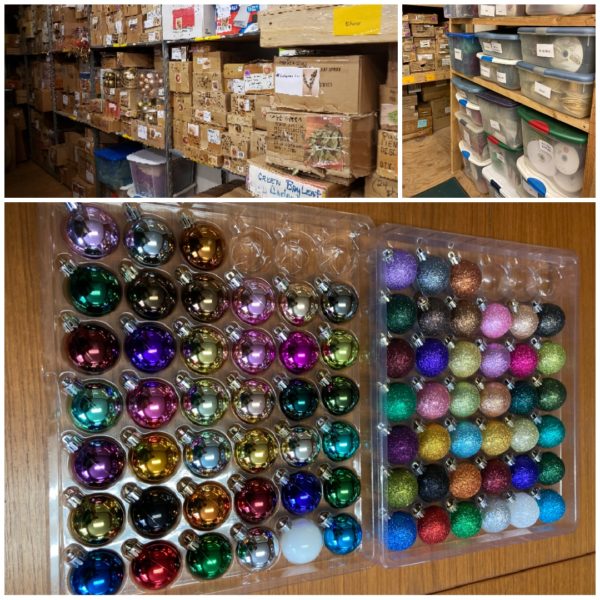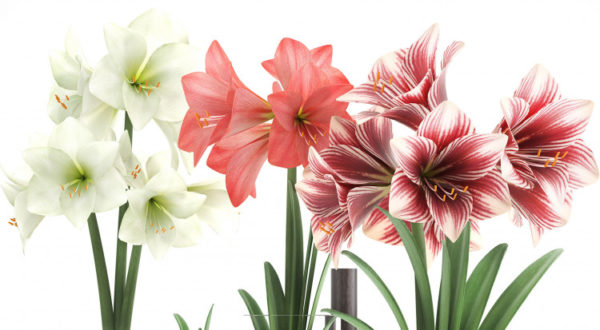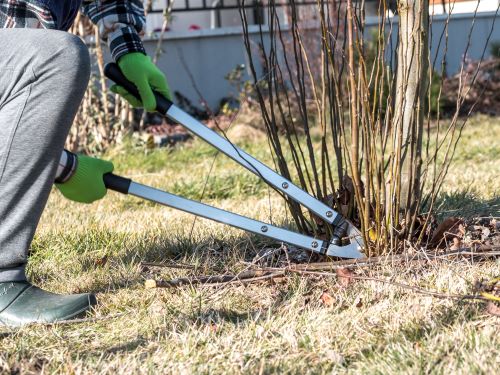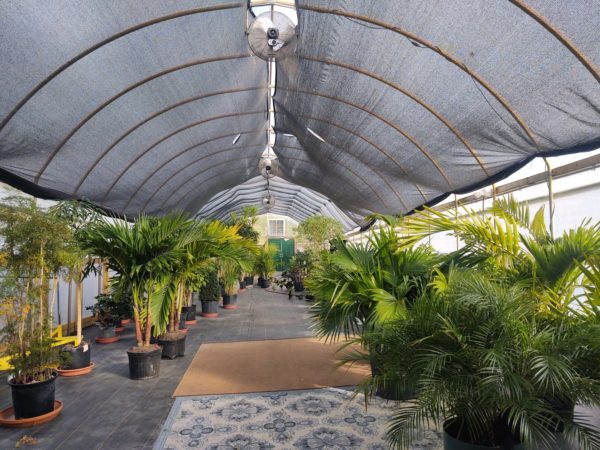What’s Budding

What’s Budding

Nearly every business owner I know has supply chain challenges this year. As we prepare for the holiday season, it has become clear that everything from light strings to artificial trees and even the colorful décor items will be hard to acquire, far more expensive than last year, and likely to require extra days or even weeks to transport.
Our primary tree vendor shipped me the last slim 9’ LED tree they had in stock- the first week in October. They are one of the largest wholesale-to-design firm sources in the Midwest. We ordered extra 7.5’ LED trees back in August, as the situation with container ships was becoming clear to us. Both these items would ordinarily be deeply stocked in mid to late summer for the upcoming season, but production, container loading, shipping, unloading and trucking are all delayed and stretched thin. Much of the stock ordered for 2021 won’t arrive till late in December or even first quarter 2022.
The good news? We stock many colors and styles of décor. We carry over some significant stock from year to year in wreaths and garlands, as well as a few extra trees, as we need to be prepared for photo shoots, early events, etc. We will communicate clearly with our design clients when we are unsure if their first choice will be available, and assist in selecting something that will achieve their goals with a different twist. Renting is a good option when what we can get for you isn’t quite your perfect match, but you need something for this season.
As always, when supplies are short, planning far ahead is a great idea, as it will help give you time in which to examine the options suggested for you and secure what you need. Call for Carol or Kathy, and let us aid you in navigating this year’s holiday decor challenges.

On the Green Side

Amaryllis
The most common winter flowering tropical bulb is the Amaryllis. You might have picked one up in a garden center or grocery store. You might have received one as a gift. It may have been sold as a kit in a box with bulb, soil and pot. Nurseries sell large specimens individually for plant lovers to pot up in their favorite planter. You can even buy a holiday-themed waxed bulb through a catalog or website that literally has been sealed off at the bottom to prevent evaporation but will also prevent root growth. The waxed version is really a bit of a gimmick, as those will not rebloom in future years.
The most common bloom color is a Christmas red, but white, pink, peach, orange, yellow, green and bicolor are also possible, especially by ordering well in advance of the season.
Most of these bulbs will produce 1-2 shoots with 3-4 flower buds each, soon after the bulb is potted and watered for the first time. Follow instructions for light, water and temperature to get the most enjoyment and lengthen the time in bloom. The display is beautiful and once the flowers are fully open, you will usually see the beginning of leaves pop through around the crown where the flower stems emerged.
Some people choose to discard the bulbs after the bloom, but for those with a patio and bright windowsill, it is quite possible to re-bloom the bulb the next winter.
The species is native to an area where the weather is wet most of the year, but about three months is a dry season. As the flowers fade, remove the blooms and eventually the flower stalks, but not the leaves. Keep the plant moist and fertilize it, keeping it in a bright windowsill.
Once the danger of frost is past, move the plant outside to a spot on the patio or in the garden. Leave it potted and keep the plant watered. Bring the plant back inside mid-August, and find a cool, dark location. Stop watering, let the leaves die back, and either take the bulb out of the pot at that time or wait and repot with fresh pasteurized potting soil once the new flower stalk becomes visible. It should show signs of life by November. As long as you can provide good light in the warm months and keep it watered and fertilized in growth months, the cycle can repeat for years.
Digging In

Complexities of Form
What a benefit it has been for us to have dedicated greenhouse space on our campus. Having a bright and warm winter environment allows us to harvest and cure our canna tubers as we switch from summer to fall in our exterior planters for clients. We pot the tubers up in mid to late winter to grow the plants we will use next summer. We also bring specialty palms, elephant ear and select tropicals from outside to overwinter. Sadly, we don’t have the room to rent space to clients for their big plants at this time.
The greenhouse allows us to cut back overgrown interior tropical specimens, and regrow the foliage for reuse in client accounts. This has been a real boon in these times of supply chain disruption. When we do receive fresh plants from Florida, sometimes they come off the truck with small root systems, not quite ready to use in interiors. Extra greenhouse time will be just what is needed to finish that critical root development.
We love using Boston Ferns in our special event works for weddings, commencements and luaus. In the past the plants would languish inside our warehouse in the winter. The greenhouse allows them to continue growing and filling out, from one year to the next.
Eventually, we hope to hold small Make-and-Take classes in the greenhouse, as there is nothing quite like warm sunlight and the scent of warm soil and healthy plants for an avid gardener in a Michigan winter.
The Buzz

What a benefit it has been for us to have dedicated greenhouse space on our campus. Having a bright and warm winter environment allows us to harvest and cure our canna tubers as we switch from summer to fall in our exterior planters for clients. We pot the tubers up in mid to late winter to grow the plants we will use next summer. We also bring specialty palms, elephant ear and select tropicals from outside to overwinter. Sadly, we don’t have the room to rent space to clients for their big plants at this time.
The greenhouse allows us to cut back overgrown interior tropical specimens, and regrow the foliage for reuse in client accounts. This has been a real boon in these times of supply chain disruption. When we do receive fresh plants from Florida, sometimes they come off the truck with small root systems, not quite ready to use in interiors. Extra greenhouse time will be just what is needed to finish that critical root development.
We love using Boston Ferns in our special event works for weddings, commencements and luaus. In the past the plants would languish inside our warehouse in the winter. The greenhouse allows them to continue growing and filling out, from one year to the next.
Eventually, we hope to hold small Make-and-Take classes in the greenhouse, as there is nothing quite like warm sunlight and the scent of warm soil and healthy plants for an avid gardener in a Michigan winter.
Copyright © The Plant Professionals